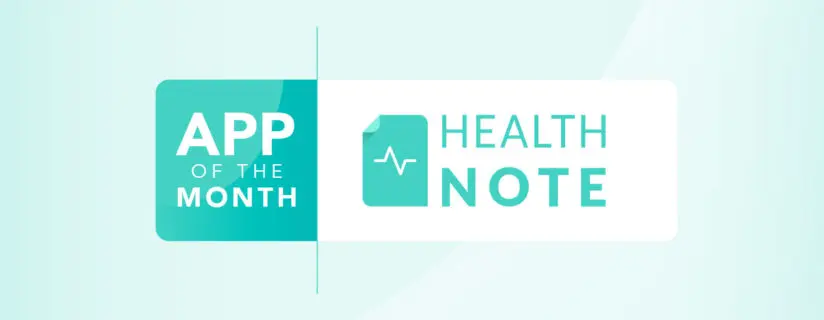Blog Posts
Optimizing the pre-care experience to benefit the entire revenue cycle


Healthcare organizations of all sizes have weathered numerous financial setbacks since the beginning of the pandemic. In fact, in 2021, hospital operating margins remained 3.8% lower than in 2019.
As leaders work to strengthen the revenue cycle, they can simultaneously enhance the patient journey—before patients even set foot in their organizations. Here are a few strategies to help get financials back to pre-pandemic levels and improve the pre-care experience.
Proactive patient outreach
During COVID-19 surges, many organizations have canceled or suspended non-urgent care to minimize the risk of infection for staff members and patients. Even as case numbers have fallen, many patients have not returned for regular screenings and procedures. One poll found that nearly half of Americans delayed or canceled healthcare services a year into the pandemic.
Healthcare organizations can leverage patient engagement platforms like FollowMyHealth® to reconnect with patients who are overdue for appointments. Bringing patients back to the hospital or clinic is necessary from a financial standpoint. Importantly, it’s also key to effective care continuity and chronic disease management.
Online scheduling options
In a matter of minutes (if not seconds), you can book a dinner reservation or a flight with a few taps on your smartphone. Scheduling a doctor’s appointment, however, often looks a bit different. While just over half of consumers prefer to book appointments through phone calls, 90% say they are interested in online scheduling.
Removing friction by bringing the booking process online offers healthcare organizations an opportunity to build loyalty with digitally savvy patients. Additionally, with a multichannel patient access strategy, organizations can reduce call volumes so office staff members can turn their attention to other revenue cycle functions. To take this a step further, organizations can leverage scheduling solutions driven by artificial intelligence and predictive analytics. For example, Allscripts partner Opargo powers scheduling based on medical necessity, revenue prioritization and other criteria—a win for patients and providers alike.
Diversified appointment reminders
Healthcare organizations lose billions of dollars a year due to missed appointments. While many currently use automated appointment reminders, organizations should consider using a variety of communications methods to reach patients as their appointments draw near.
For example, Medical Group Management Association (MGMA) experts suggest healthcare organizations send text-message reminders to patients (who opt in for this communication method) and follow up by email a few days later. Not only does this help ensure the patient is aware of the reminders before the appointment, but it also adds another way to personalize the patient’s overall experience.
Mobile check-in capabilities
Continuing with the thread of patient self-service, healthcare organizations can leverage mobile check-in and intake to modernize the pre-care experience. Enabling patients to check in and fill out forms from their homes, offices or cars can help reduce time spent in the waiting room. Additionally, these capabilities free up office staff members’ time so they can focus on correcting any issues when patients arrive to avoid denials further down the revenue cycle and get reimbursed more quickly.
Maintaining a healthy revenue cycle can be challenging for many reasons, but with these pre-care features in place, organizations will drive better patient outcomes while strengthening their bottom lines.
Learn more about how Allscripts solutions and services can support your organization’s revenue cycle success.












